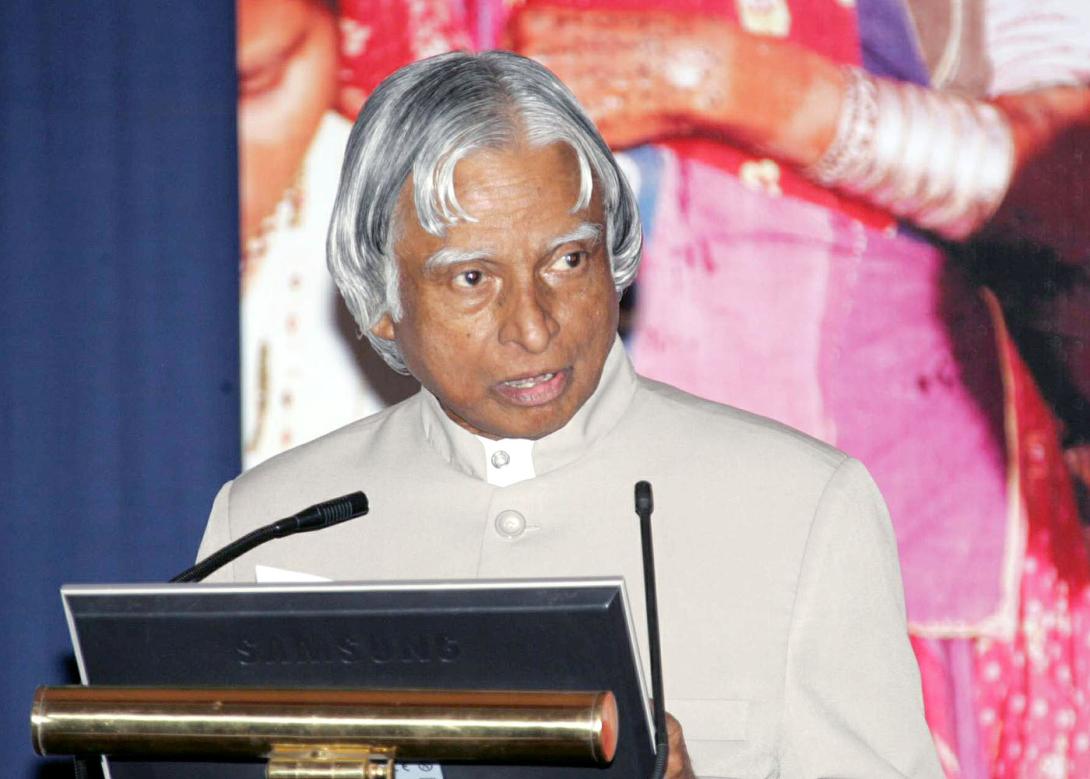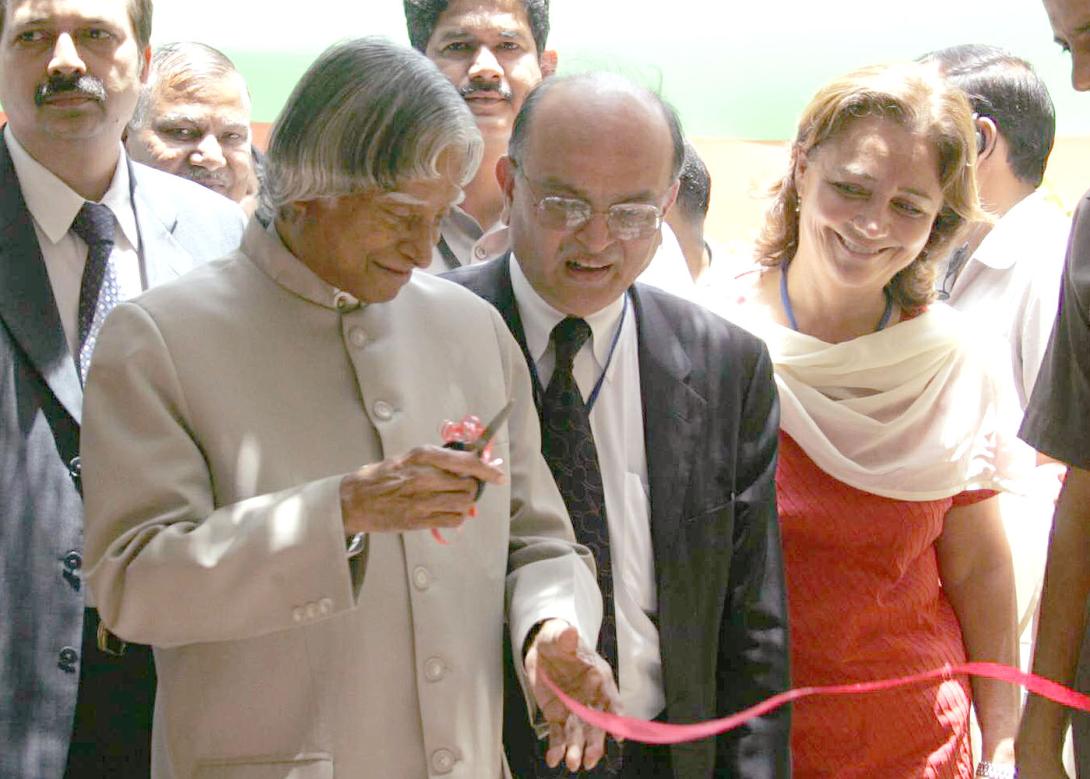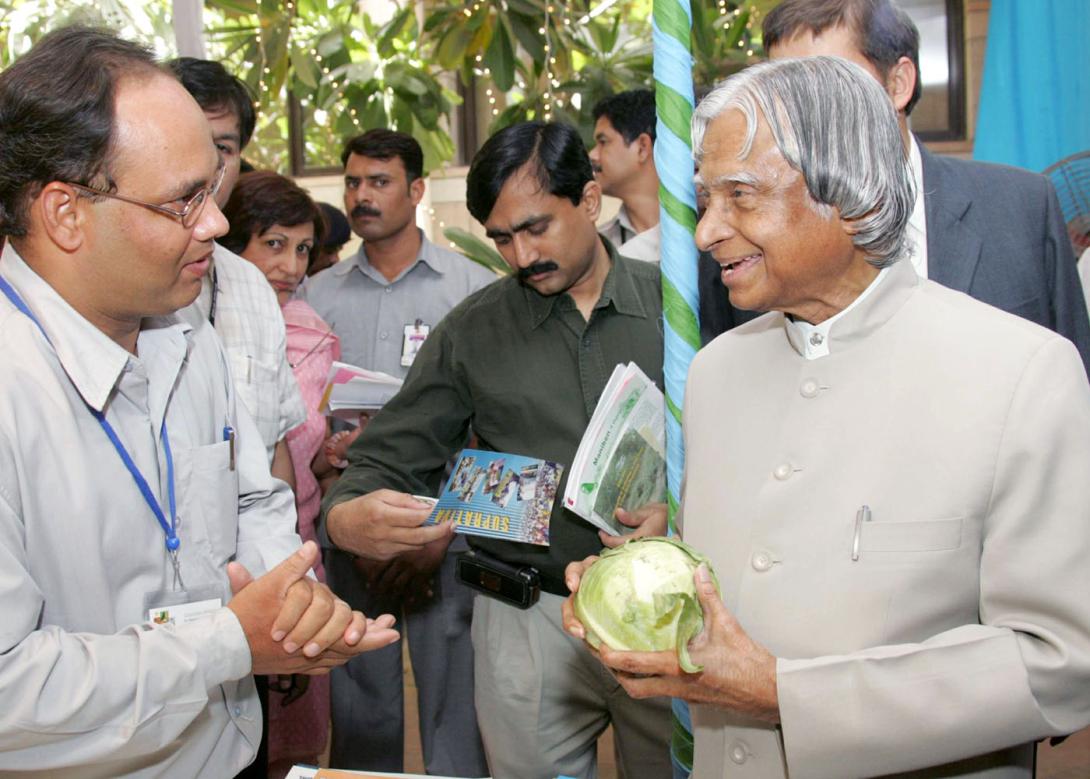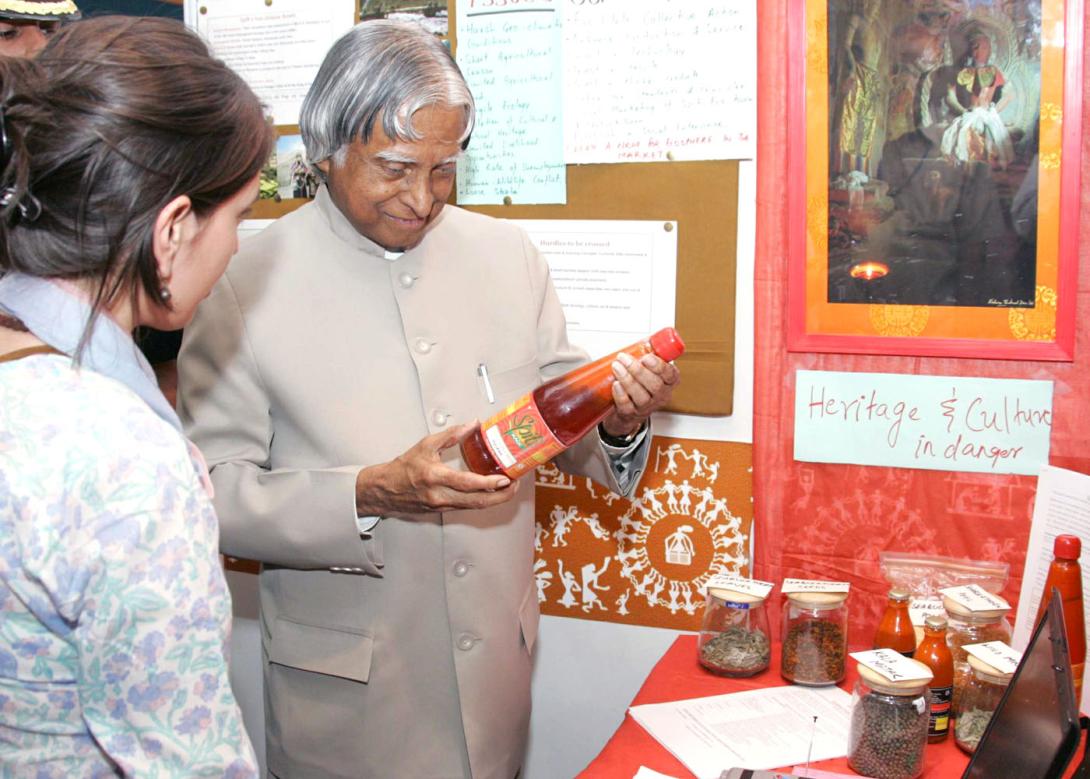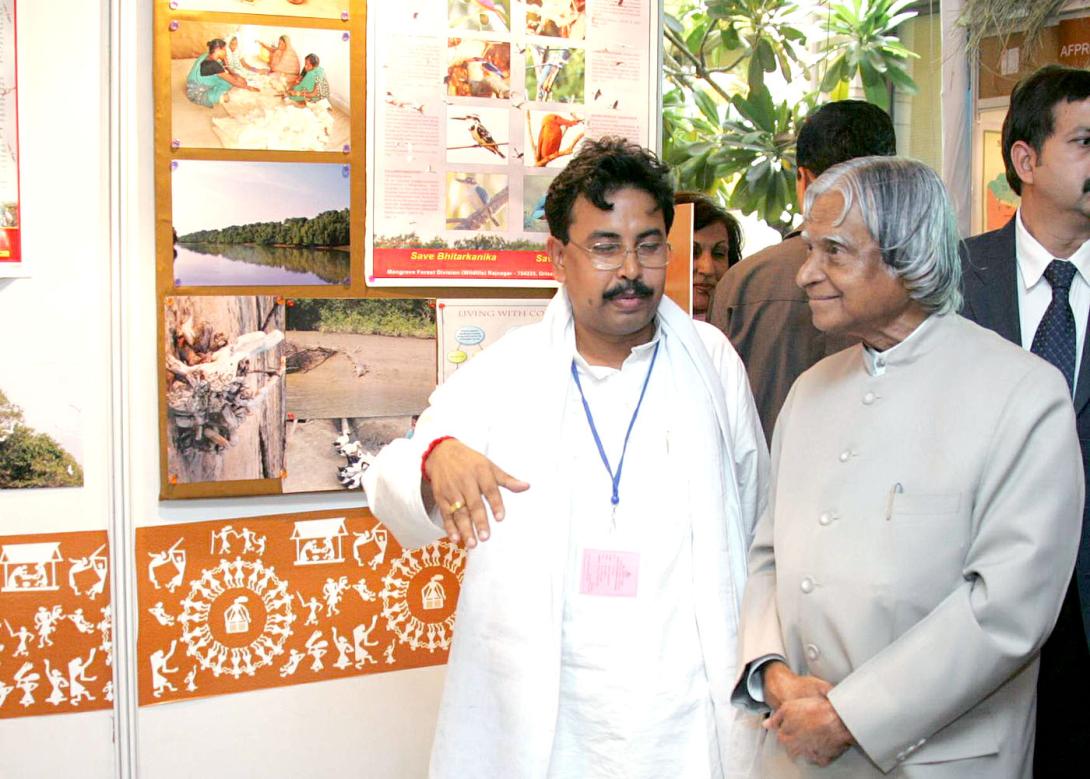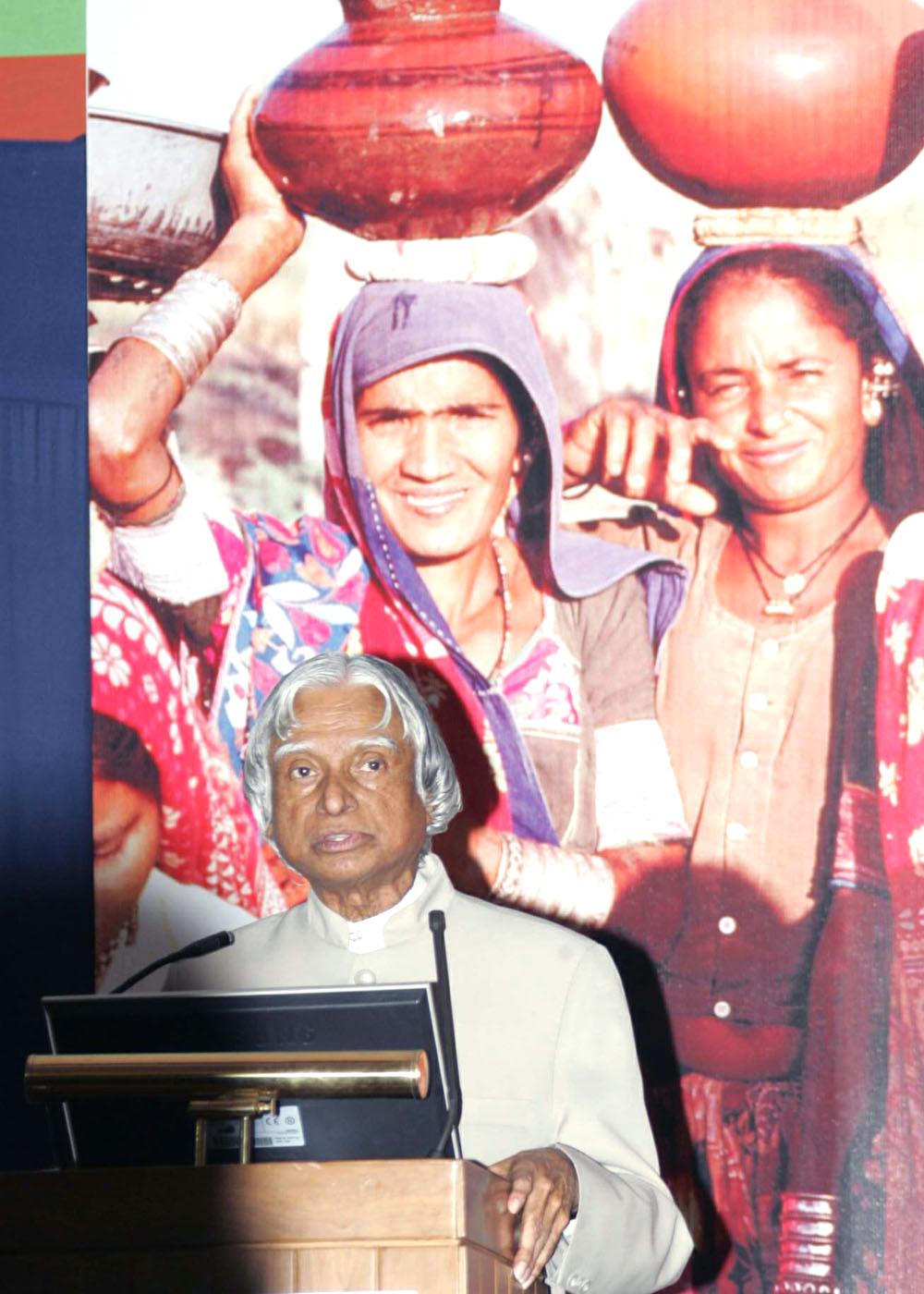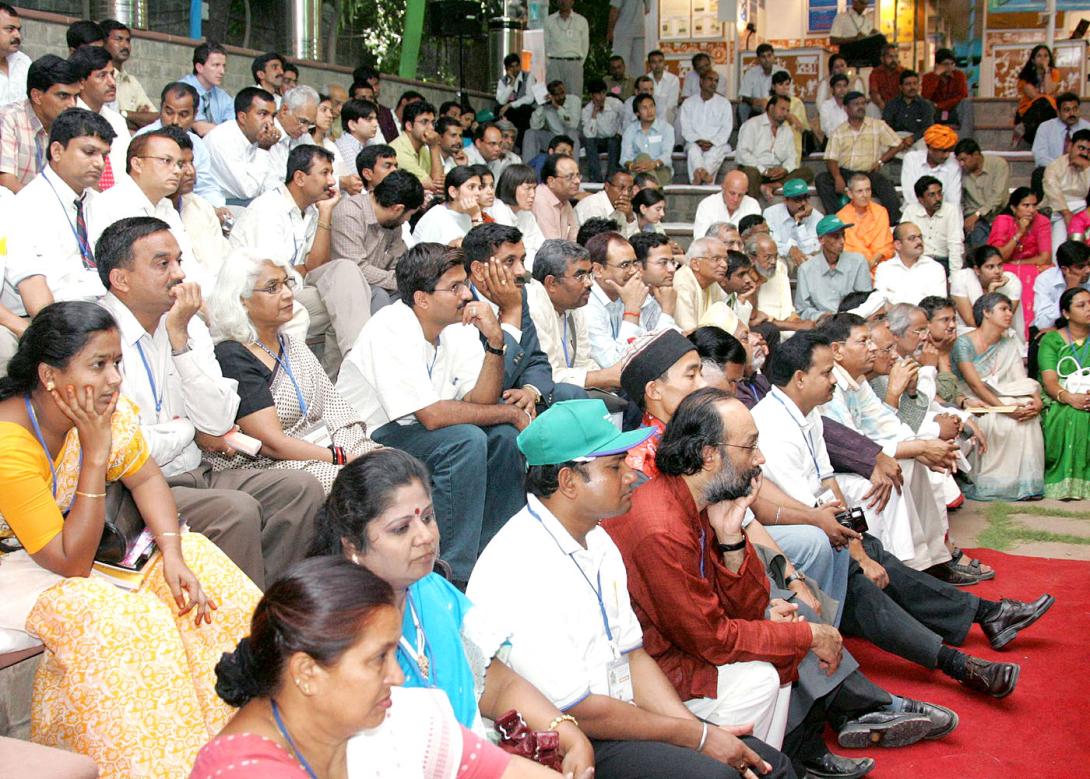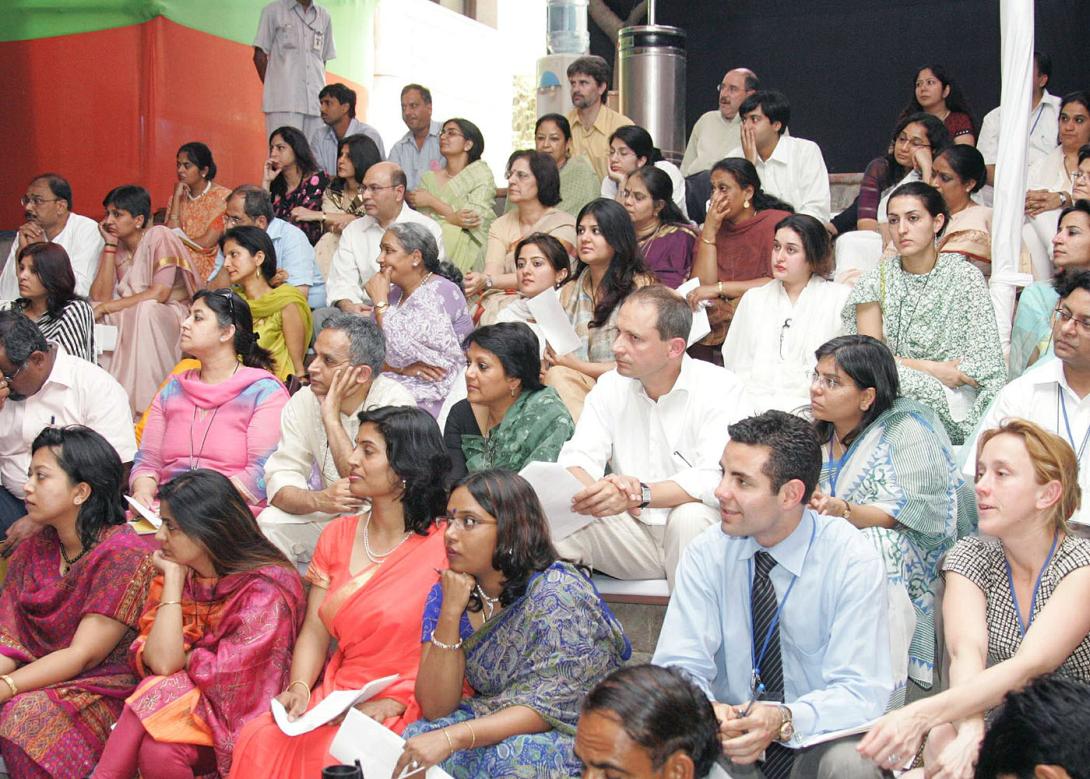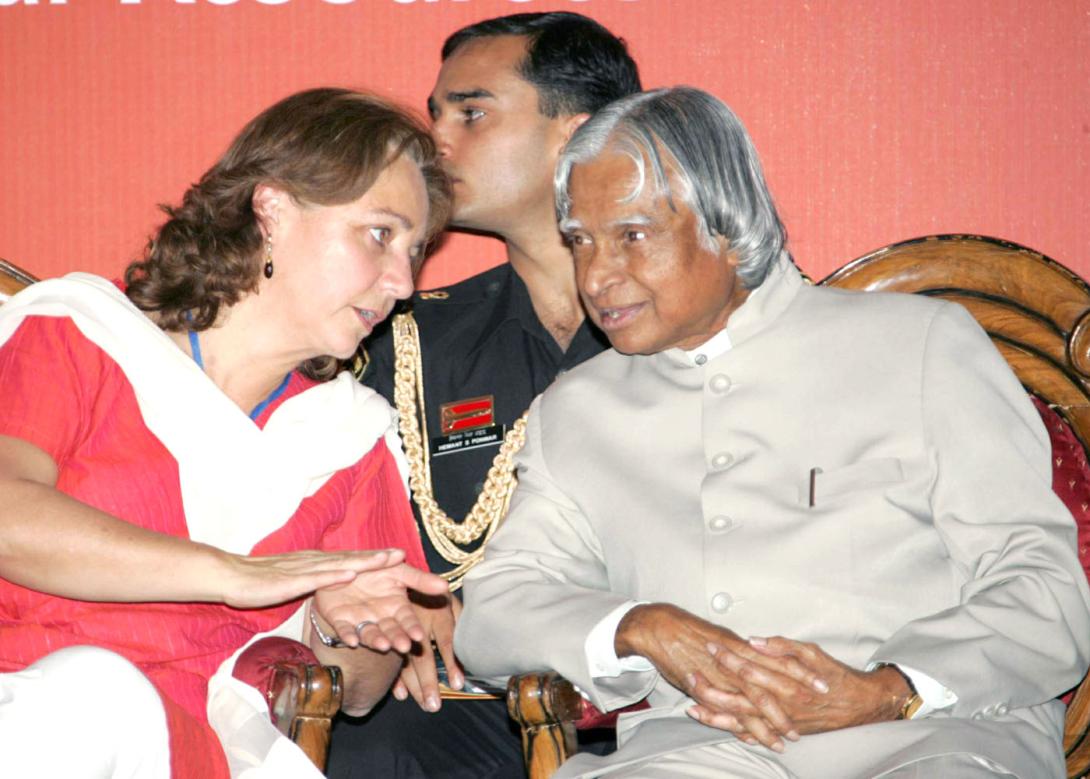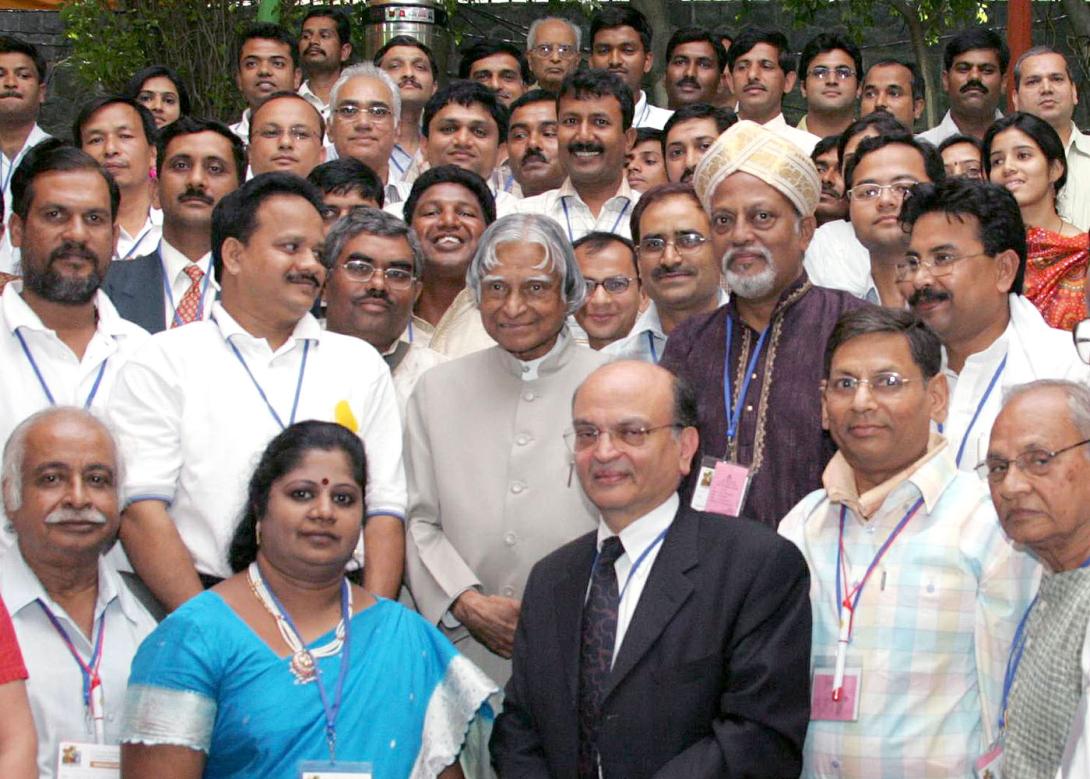Address at the Inauguration of India Development Marketplace-2007, New Delhi
New Delhi : 28-05-2007
Society - Technology Innovation Prosperity
"Past meets the present and creates the future"
I am delighted to participate in the inauguration of India Development Marketplace-2007 (IDM-2007) organized by the World Bank. My interest to participate in this meet arises from the focus of the programme towards sustainable rural development in India. My greetings to all the participants who have submitted the proposals, award winners, experts, juries and distinguished guests. I had participated in the inauguration of India Development Marketplace-2004 (IDM-2004) where 20 innovations were selected. Out of these, two innovations have found place in today?s exhibition based on its sustainable operation in the rural sector. One pertains to dew harvesting for drinking water in coastal Gujarat. I understand dew condensers have been successfully installed in a school, a warehouse and a few private homes in the area. The second one is on Assam?s River Network Harnessing System being used as a medical delivery system to isolated regions. The originally conceived boat as a ?ship of hope? is now being used to ferry medical teams to deliver healthcare throughout the year to the people in Assam region.
National Innovation Foundation
On 12th February 2007, I participated in the National Innovation Foundation awards function. During the last seven years, I found NIF has identified a number of innovative practices which have lead to over 100 patents including few international patents. The important aspect of this work is the innovation practices and products have been generated at the grassroot level without any external assistance. The World Bank may like to study the innovative practices as reported by NIF and select a few that has potential to make a change in the life of the rural people. This approach will facilitate finding of solutions for rural problems in a natural way by keeping the local conditions in mind. Hence, I would like to discuss on the topic "Society - Technology - Innovation - Prosperity".
Let me now discuss certain rural programmes that have been carried out by district administration, NGOs, self-help groups, institutions and individuals which are benefiting rural areas in a few States.
One Village One Product and PURA
The members of Periyar PURA in Vallam, Thanjavur district in Tamil Nadu have created a strategic partnership with Japan External Trade Organization (JETRO) of Japan. During the last eight months people of Periyar PURA villages technologically supported by Periyar Maniammai College of Engineering for Women have worked with experts from JETRO on various products for which core competence and raw material is available in Thanjavur district. They developed proto types for 123 products such as bed sheets, table runner, cushion cover, brass drum, curtains, bread basket etc. Interaction with JETRO specialists included comparison of Japanese product, discussion on raw material selection, technical advice on product development and final quality inspection. Based on this intensive interaction, Vallam people produced 123 products and JETRO selected 40 out of them for international market.
These 40 finalized products were displayed in an exhibition at New Delhi during February 2007 and they are being taken for display in Interior Lifestyle 2007 Exhibition at Tokyo to be held between 6th and 8th June 2007. The feedback from each exhibition has been used for improving the product so that the customer acceptability of the product gets enhanced. The local technical consultancy support for improving the product has been provided by Periyar Maniammai College of Engineering for Women. This co-operative venture has enhanced the innovative ability of the village people and transformed them to develop and produce internationally acceptable product. Once the product is finally accepted in the interior lifestyle exhibition, it will be converted as a commercial business proposition which will enhance the economic activity in all the 65 villages in the Periyar PURA rural cluster. Now, let me talk about another example which has transformed the livelihood of the people in Assam.
Innovation in duck rearing, management and marketing
Gumoria is a village in Assam inhabited by marginal farmers and landless labourers. This has been transformed into one of the model villages following the formation of 50 self-help groups and about 500 women of the village are engaged with the groups, which not only improved the economy of the village, but also improved the level of education as with the extra income, the people of the village can now send their wards to schools.
With the help from the Government, the self-help groups of the village started rearing ducks and assistance was given to the women in the form of training, marketing, veterinary aid etc, while, apart from the assistance given by the Government, the banks also provided financial support to the groups. The groups have so far earned more than Rs one crore against the investment of Rs 26 lakh, which includes a bank loan of Rs 7.50 lakh.
Women of the village are maintaining about 15 to 20 thousand ducks on an average and the weekly income of each family varies from Rs 150 to Rs 300. The egg production in the village ranges from 25 to 30 thousand a week. The eggs are sold in local market and some traders from Guwahati also visit the village regularly to buy eggs. Apart from eggs, the women of the village also sell extra male ducks to earn additional money.
Before the launching of duck rearing project, the womenfolk of the village used to assist their husbands in the fields and some used traditional looms for making their own dresses. But the formation of the self-help groups completely changed the face of the village and the women are spending most of their income in education and health care of their children. The savings of the families of the villages also has increased considerably over the years.
Women of the groups are rearing ducks in a scientific manner under guidance from the faculty members of the State Institute for Rural Development which has got the hybrid technology for increasing the yield per duck and also increasing protein content in the eggs in partnership with agricultural scientists from Kerala.
Value addition in Garments and apparels
I also visited Sialguchi village where the entire community is proudly engaged in the production of famous Assam silk sarees. The whole village population of about 2500 families are busy in nurturing silk worm, converting as silk thread, weaving the fabric and creating multiple designs through hand loom. What is needed for increasing the earning capacity of Sialguchi people is the infusion of incremental technology in a big way. I would like to present how it can be done based on our experience in Kancheepuram silk industry in Tamil Nadu. The silk industry in Kancheepuram is one of the fastest growing industries in India. The industry currently employs more than 30,000 weavers in the art of saree making. The industry had to compete with the synthetic fiber industry in many aspects. The industry was on the brink of extinction due to the obsolescence of the designs and design making procedures. This is because, design adds splendor to a saree and forms an integral part of its exquisiteness. Introduction of computerized Jacquard borders in Kancheepuram silk saree has helped in the revival of the industry. The use of ICT has not only helped in creating new and complex designs but also reduced the time involved in the design. There has been an increase in the exports. The acceptance of these silk sarees by the consumers has also increased with the automation of designing process. Visualization of saree designs ahead of its production and the ability to create new color combination at the click of a mouse has increased the flexibility and reduced the time for realizing new designs. Though the materials and the techniques are changing with the market demand, the motifs are still conventional to hold the custom and tradition of the Kancheepuram saree. This type of technological intervention will enable Sialguchi people to make their product internationally competitive.
Integrated Rural Development in Uttar Pradesh
Recently I visited Raniganj Village cluster in Pratapgarh district in Uttar Pradesh. There, BAIF (Bharathiya Agro Industries Foundation) has been implementing an integrated rural development programme. As a part of this programme, a revolution has been created in growing Amla orchard in the land affected by salinity. Amla is known to be a home fruit and has medicinal value including Vitamin-C. Amla has become an essential component of the food, drug, pharmaceutical and cosmetic industry. BAIF has trained 300 local farmers in cultivating Amla orchards in Raniganj. BAIF have supplied grafted plants of superior variety which need very little water and care. Farmers have also been assisted in setting up irrigation facilities using shallow tube-wells and soil amendments to reduce saline content. The Amla plants have started yielding from fourth year and yield of fresh fruit has increased from 100 kg. in the fifth year to 200 kg. per year after the seventh year. The part of the fresh Amla produce from the high yield variety plants, is sold in the local market. Remaining Amla is being processed for conversion as morabba, barfi, laddu, chutney, pickles, juice and powder by the Raniganj citizens. The processing is expected to increase to 300 quintals in 2007-08. The growing of Amla and processing has resulted in increasing the revenue of the farmers in the village substantially. Simultaneously, the farmers have been trained in dairy development which has resulted in increasing the yearly income of the family by Rs. 32,000/- using cross bred cows. Innovative methods to increase production, value addition through food processing, packaging and marketing has empowered the local farmers of Raniganj and made a significant change in their lifestyle. This has increased the per-capita income, improved the health conditions of the farmers and the children are getting good education resulting in reduced dropout.
I have shared these experiences only to emphasize the need for World Bank to have a data base on development needs of a particular region through State machinery and also private agencies. This data base may assist World Bank to decide the choice of area of work for meeting the development agenda of a particular rural area.
Conclusion
World Bank, in partnership with Governments, is developing strategies to meet the development agenda of the nations. While we are happy that Indian economy is in the ascent phase and our GDP is growing at nearly 9% per annum, it is evident that the economic growth is not fully reflected in the quality of life of large number of people, particularly in the rural areas and even in urban areas. Hence, we have evolved what is called "National Prosperity Index (NPI)" which is a summation of (a) Annual growth rate of GDP; - plus (b) improvement in quality of life of the people, particularly those living below poverty line plus (c) the adoption of value system derived from our civilizational heritage in every walk of life which is unique to India. That is NPI=a+b+c. Progressive reduction from 220 million people who are present living below poverty line to near zero by 2020 by increasing their quality of life in terms of food, shelter, water, energy, infrastructure, education and health will be the indicators of the growth of 'b' in percentage.
'c' is a function of promoting joint family system, creation of a spirit of working together, leading a righteous way of life, removing social inequities, and above all promoting a conflict free, harmonious society. The social status and civilizational heritage of societies being served is considered as an important component for integrated development. In this respect, the component "c" is unique to every country. National Prosperity Index with these three unique components indeed can be spread by World Bank so that the nations can use this index as an indicator of integrated development of their country.
With these words, I inaugurate the India Development Market Place 2007. My greetings to the World Bank and all the participants of IDM-2007 and congratulations to the finalists and the winners.
May God bless you.
Dr. A. P. J. Abdul Kalam

